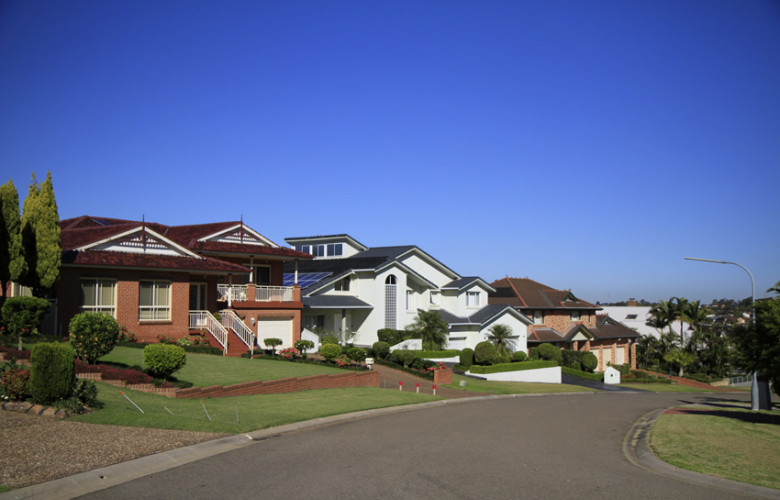Housing affordability declines
Contact
Housing affordability declines
The Real Estate Institute of Australia today released its quarterly report into housing affordability in Australia and the new data shows worsening levels across the nation.
Housing is becoming increasingly unaffordable in every state and territory thanks to strong rises in property prices and only modest increases in income, new data shows. The latest edition of the Adelaide Bank/ Real Estate Institute of Australia Housing Affordability Report, released today, shows proportion of family income required to meet loan repayments has increased by 1.1 percentage points to 31.5%.
"Housing affordability is now at its lowest levels since the March quarter of 2013," said REIA CEO Amanda Lynch. “In every state and territory, housing affordability has worsened as a result of strong rises in property prices and only modest increases in income. While the report shows some unsurprising results, with NSW once again the least affordable place to buy a home, Tasmania interestingly showed the greatest change. In the Apple Isle, the proportion of income required to meet loan repayments has risen 1.5 percentage points, to 25.9% – the biggest worsening in housing affordability across the country.”
The figures for South Australia and Western Australia were 27.8% and 26.1% respectively, said Lynch. “This means that more of a home owner’s salary is going into meet the mortgage payments than in the previous year.”
The Australian Capital Territory is still the most affordable state or territory in which to buy a home with the figure sitting at 20.4%.
Lynch said the report did have some good news for renters, with the latest quarterly data showing rental affordability improving with the proportion of income required to meet rent payments decreasing 0.2 percentage points to 24.8%. “Rental affordability is now at its best level since the June quarter of 2009. The Northern Territory recorded the best improvement with the proportion going down by 1.3 percentage points while the figure dropped 0.1 percentage point in Victoria and Queensland,” concluded Lynch.
Damian Percy, General Manager, Adelaide Bank, said encouraging home ownership should be a priority for any home lender. “Construction of new residential dwellings may be at the highest levels for some time, which is encouraging and certainly helping to get our economy moving again, but unless a more determined effort is made on the part of the States and Commonwealth to work more actively with local government, developers and financiers – as the economy improves and population continues to grow at current rates, there will continue to be supply-side issues that will ultimately mean further upward pressure on house prices," said Percy.
“It’s no secret that land supply is still a major problem and biases exist in the system often preventing the building of new homes in the places where most people want to live. Looking to the future and given the usual pace of reform, housing affordability is a problem that needs to be addressed to counter negative longer term outcomes in other areas such as retirement savings adequacy," he added.
“Land may be short in Melbourne and Sydney, but we should be thinking more creatively. For example, opportunities exist for airspace to be better utilised. Governments already own the land and could work with the private sector around areas such as railway stations to both improve car parking and provide construction rights with a caveat that a percentage of dwellings be set aside for essential services workers. Adding to the debate calling for improvements to policy needed to increase housing affordability will be the report into Housing Affordability by the Senate Economics References Committee, delayed for release, but due to be tabled next month on April 14," Percy concluded.
Australian Capital Territory
The ACT remains the most affordable state or territory in which to buy a home or rent
Northern Territory
The NT has the largest proportion of first home buyers in the nation’s owner occupier market.
Tasmania
Tasmania continues to have the smallest average loan size, however the state’s quarterly increase was the nation’s largest.
NSW
NSW is the only state or territory with the average loan size above the $400,000 mark
Victoria
Of all Australian first home buyers, 27.7% are from Victoria.
Queensland
In Queensland, 28.4% of the median family income was required to meet average monthly loan repayments in the December quarter of 2014.
South Australia
In SA, the proportion of the median family income required to meet median rent was 22.6% in the last quarter of 2014.
Western Australia
During the quarter, the average monthly loan repayment in WA was $2,158.





